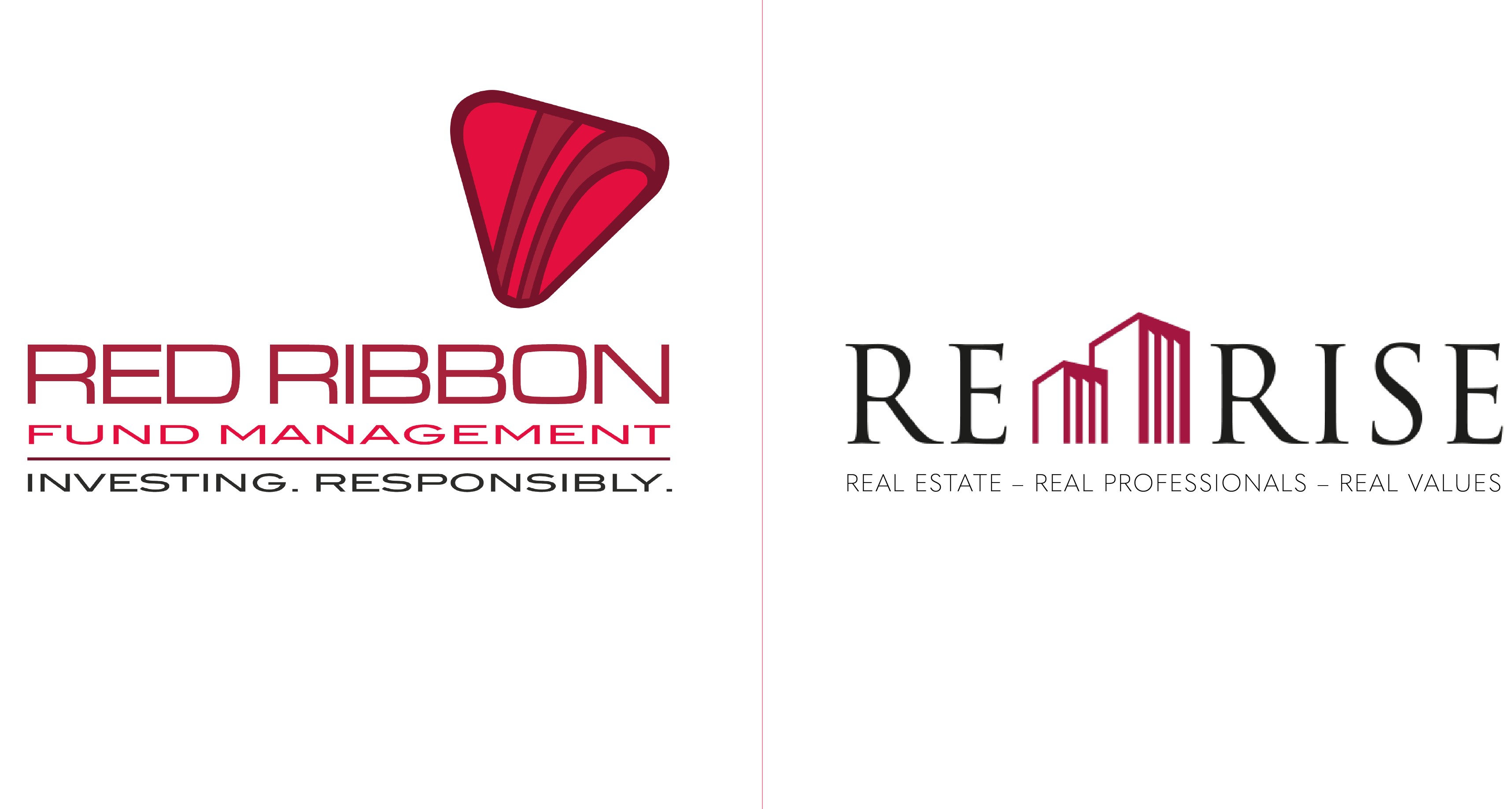Goldman Sachs have just published their Annual Global Review “Global Economics Analyst: As Good as it Gets” and it includes some very illuminating predictions for the next two years and, in particular, what lies in store for the small but influential set of Growth Markets which together make up the likely powerhouse of future economic growth. Looking at that small group of countries, Goldman's are “most positive”, more positive than they are about any other economy in the world, about India where they are projecting GDP growth of 8.0% in 2018 rising to a staggering 8.3% by 2019.
Those figures might not mean very much on the page (or screen) but compare them with the equivalent figures for with the United States where, even with the kick-start of recent fiscal reforms implemented by the Trump Administration, the forecast percentages are 2.5% (2018) and 1.8% (2019). The United Kingdom comes in at an even more paltry 1.3% and 1.6% for the same two years.
This stark dichotomy between Developed Markets like the United States and the United Kingdom (DM) and Growth Markets like India (GM), is also borne out by Goldman’s individual sector forecasts (contained in the same report), which project an average 5.6% growth across GM for 2018 against a mere 2.3% for DM over the same period; and GMs are also expected to strengthen still further into 2019 with the equivalent average figures being 5.7% against 1.9% for DM (nearly three times as much).
All of this graphically underpins one of the key portfolio strategies by Red Ribbon Asset Management adopted when it was founded more than a decade ago: that no investment portfolio can be considered properly balanced unless at least 10% of its holdings are deployed in Growth Markets and, of course, that means India in particular, which is now likely to return GDP growth at figures nearly double that of its other Emerging Market counterparts, never mind seriously outstripping its closest DM competition).
But having said all of that, GM and DM Markets are still much more connected than you might think: shocks in one can still cause turbulence in the other.
Take,for example, the conventional view that Growth Markets are much more at risk than other economies from tighter Federal Reserve Policies in the United States, having historically partially fixed exchange rates to the US Dollar with the result that they are constrained to adopt tighter money each time the Fed hikes its rate (as it has just done of course). This perceived vulnerability was graphically illustrated by the severe tightening in Chinese currency markets over the last decade in response to hawkish Fed shocks in the period up to 2016 (and in the light of the dollar peg which was in place over the same period).
So, taking just that one example, what does this underlying feature of connectivity mean in practice for the future Growth Markets and India in particular? Does it give rise to any additional vulnerability.
Well, In india’s case the answer would seem to be “no”.
Goldman’s Report is “optimistic” that India will be able to weather any such currency storms better than it’s GM counterparts because, following the dollar adjustments of recent years, it is “much more resilient…enabling it to cope better with a gradually tighter Federal Reserve policy”; and in major part that is because of the financial and infrastructure policies of Prime Minister Modi’s Government which have made it much more resilient and shock resistant than its near neighbours in the GM coterie.
So, good news all round…. Perhaps, to adopt Goldmans’ phrase, as good as it gets with India now seemingly set to harvest the benefits of being the leading GM economy, with little or any of of the drawbacks.
It should all make for a happy new year…
Red Ribbon CEO, Suchit Punnose said:
Red Ribbon has long held the view that no investment portfolio can be considered properly balanced unless at least 10% of its holdings are deployed in Growth Markets and, of course, for us that has always meant India in particular. So it is encouraging to learn that the latest Goldman Sachs Report on global economic trends (appropriately named “As Good as it Gets”) is still recording historic GM growth at more than double that of Developed Markets and it also forecasts that the disparity will grow wider between the two sectors (in favour of Growth Markets) over the next two years.
I am particularly fortified to read the reports conclusions on India which it finds to be much more resilient than its GM counterparts when it comes to global economic shocks such as that we have just experienced with the Fed tightening dollar rates.
That’s good to hear, even if it’s something some of us have long suspected…
[social_buttons full_width_icons="true" facebook="true" twitter="true" google_plus="true" linkedin="true" pinterest="true"][nectar_btn size="large" button_style="see-through-3d" color_override="#7b1627" url="https://redribbon.co/investment-products/" text="Invest in India with Red Ribbon Asset Management" css_animation="tada" margin_top="10" margin_right="20" margin_bottom="10" margin_left="20"]




